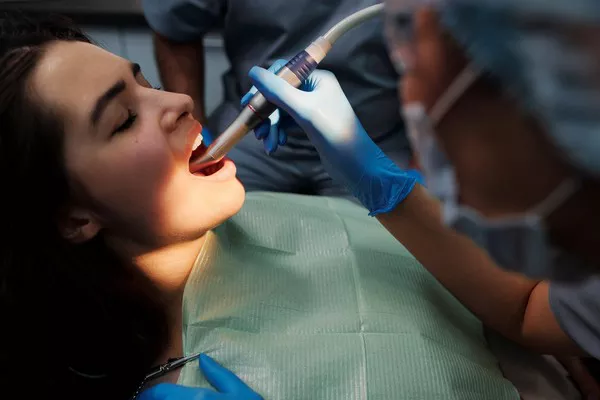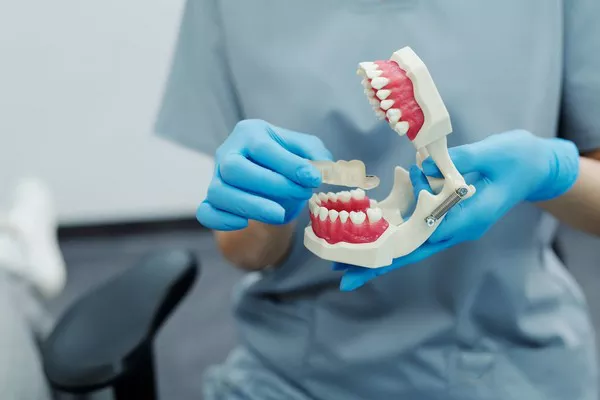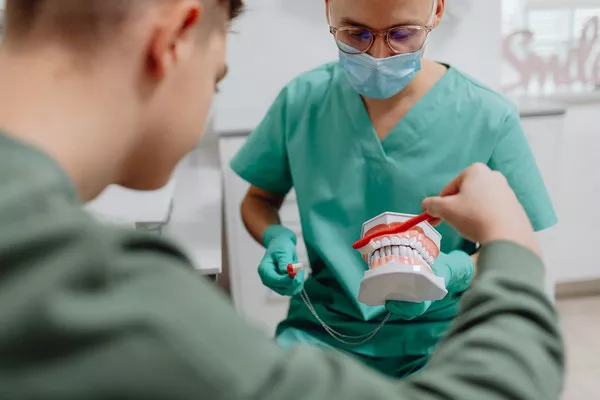Teeth whitening strips have gained popularity as a convenient and accessible way to achieve a brighter smile at home. However, when it comes to whitening veneers, particularly porcelain veneers, the effectiveness of whitening strips may be limited. This article explores the reasons why whitening strips do not work on veneers, maintenance tips for preserving the color and appearance of veneers, alternatives to whitening strips for enhancing the appearance of veneers, and safety precautions to consider when seeking to whiten or maintain veneers.
Explanation of Veneers
Veneers are thin shells made of porcelain or composite resin that are custom-made to fit over the front surface of teeth. They are designed to improve the appearance of teeth by covering imperfections such as discoloration, chips, or gaps. Porcelain veneers are highly durable and stain-resistant, while composite resin veneers are more prone to staining and may require more frequent maintenance.
Whitening Limitations
Whitening strips, gels, and toothpaste are designed to remove surface stains from natural tooth enamel. However, they do not work on veneers, particularly porcelain veneers, which do not respond to whitening agents. The materials used to make porcelain veneers are non-porous and resistant to staining, making them impervious to the bleaching effects of whitening products. Attempting to whiten veneers with whitening strips is unlikely to produce any noticeable results and may even damage the veneers or surrounding teeth.
see also: Why Do My Teeth Turn Yellow After Whitening
Reasons Veneers Darken
While porcelain veneers are highly resistant to staining, they may darken or change color over time due to various factors:
Gum Recession: As gums recede over time, the edges of veneers may become exposed to staining agents, leading to discoloration.
Porous Materials: Older veneers made from composite resin or other porous materials may absorb pigments from foods, drinks, and tobacco, causing them to darken or become discolored.
Maintenance Tips
To maintain the color and appearance of veneers, it is essential to follow good oral hygiene practices and take preventive measures to avoid staining:
Regular Dental Cleanings: Schedule regular dental cleanings with your dentist to remove plaque, tartar, and surface stains from both natural teeth and veneers.
Avoid Staining Foods and Drinks: Limit consumption of dark-colored foods and beverages that can stain teeth, such as coffee, tea, red wine, and berries. If you do indulge, rinse your mouth with water afterward and brush your teeth to minimize staining.
see also: Why Are Teeth Whitening Strips Bad
Alternatives to Whitening Strips
For individuals seeking to improve the appearance of discolored veneers, there are alternative options to consider:
Professional Cleaning or Polishing: A dentist can perform a professional cleaning or polishing procedure to remove surface stains and restore the shine of veneers.
Veneer Replacement: In cases where veneers have become severely discolored or damaged, replacing them with new veneers may be necessary to achieve the desired results. Consult with your dentist to discuss the possibility of replacing discolored veneers with new ones made from high-quality materials.
Safety and Precautions
While whitening agents do not harm porcelain veneers, they are ineffective at whitening them. Attempting to whiten veneers with whitening strips may result in disappointment and could potentially damage the veneers or surrounding teeth. It is essential for individuals with veneers to consult with their dentist before attempting any whitening treatments to ensure personalized advice and recommendations based on their specific oral health needs.
Conclusion
While teeth whitening strips can be an effective option for brightening natural teeth, they are not suitable for use on veneers, particularly porcelain veneers. Understanding the limitations of whitening strips when it comes to veneers is essential for managing expectations and preserving the appearance of dental restorations. By following maintenance tips, considering alternative treatments, and consulting with a dentist for personalized advice, individuals with veneers can maintain a bright, beautiful smile for years to come.
FAQs About Veneers and Teeth Whitening
1. How can I whiten my veneers?
Veneers are thin shells made of porcelain or composite resin that are bonded to the front surface of teeth to improve their appearance. Unlike natural teeth, veneers do not respond to traditional whitening methods because they are not porous like enamel. If you’re unhappy with the color of your veneers, you may need to consider options such as replacing them with new ones or exploring alternative cosmetic procedures with the guidance of your dentist.
2. Do whitening strips work on fake teeth?
Whitening strips are designed to whiten natural tooth enamel and may not be effective on fake teeth such as veneers, crowns, or dental implants. Since these dental restorations are made of materials like porcelain or composite resin that do not respond to bleaching agents like natural enamel does, whitening strips are unlikely to produce significant changes in their color. If you’re considering whitening treatments, it’s essential to consult with your dentist to determine the best options for achieving your desired results.
3. Do teeth get yellow under veneers?
While veneers themselves do not discolor or yellow over time, the natural teeth underneath them may still be susceptible to staining. If proper oral hygiene is not maintained, plaque and tartar can accumulate around the margins of the veneers, causing the underlying teeth to appear yellow or discolored. Regular brushing, flossing, and professional dental cleanings can help prevent this and maintain the appearance of both your veneers and natural teeth.
4. Do you get veneers whitened?
Veneers are custom-made to match the desired shade of your teeth, and their color is typically permanent and resistant to staining or discoloration. However, if you’re unhappy with the color of your veneers or if they have become stained over time, you may be able to have them professionally polished or buffed by your dentist to restore their original luster. In some cases, replacing the veneers with new ones may be necessary to achieve the desired level of whiteness. It’s essential to consult with your dentist to discuss your options and determine the best course of action for your individual needs.
You Might Be Interested In





























